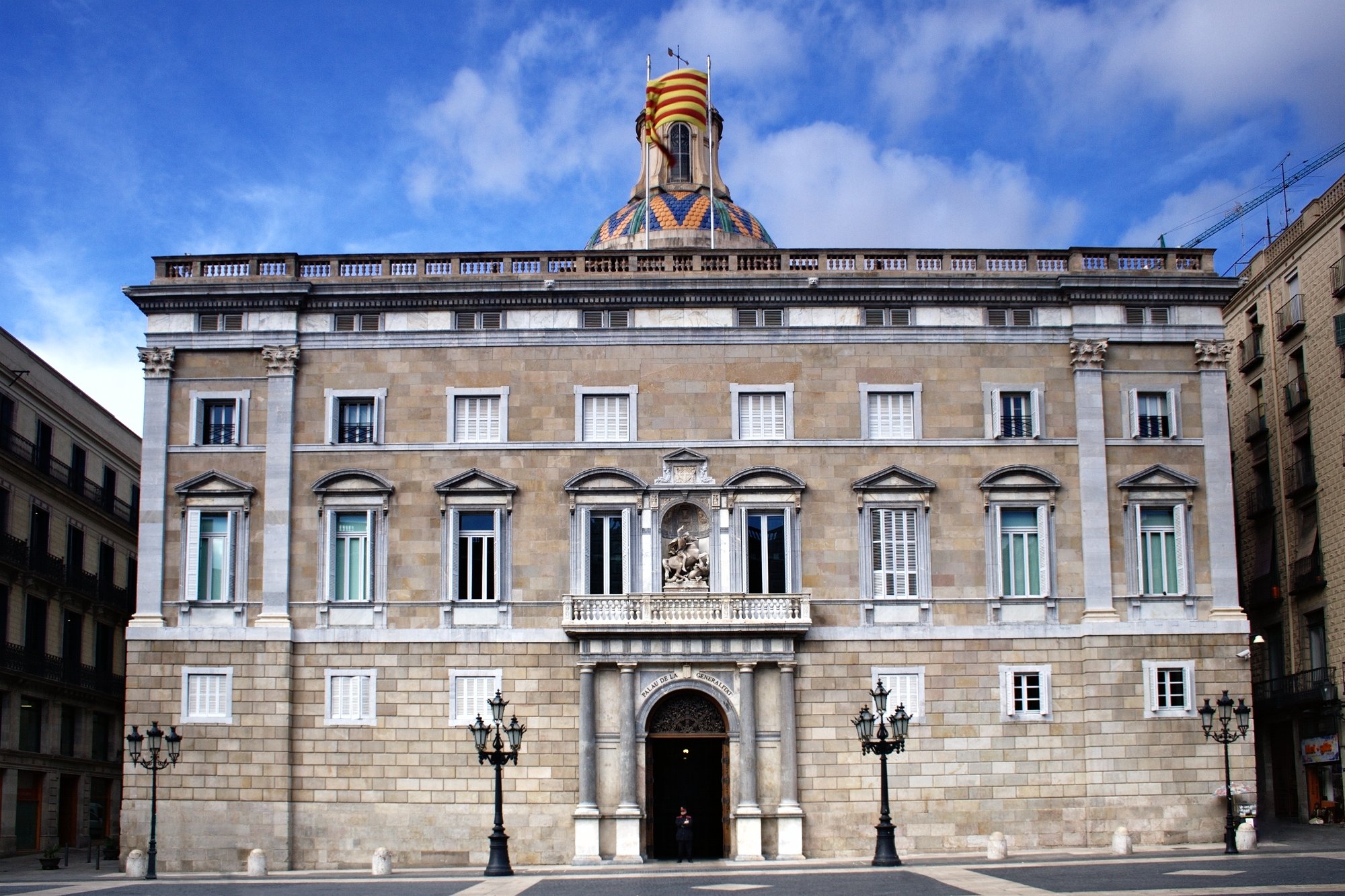
Josep Maria Flores Juanpere and Carme Rodriguez Pamias represent the digital administration directorate-general of the Catalonia Region, the latest local government to join the UserCentriCities network.
What is your experience with digitalising public services?
Josep Maria Flores Juanpere, head of unit, improvement of digital services, Catalonia Region
In Spain, about 15 years ago, it was decided that all administrative procedures should have an online option alongside the analog procedure, which meant, in the case of the Catalonia Region, the digitalisation of about 1,800 processes.
Typically, what was done was that the forms were directly transposed from paper to digital. Online procedures are considered a step towards modernisation for some citizens, but we found that only a small part of the population was able to actively use them.
Why is that?
Josep Maria Flores Juanpere
Because they either didn’t have access to the necessary technology or the language was too technical. Bureaucratic language isn’t a problem, as long as people are helped by someone who can explain the form to them. But as soon as they are at home in front of a computer and on their own, they get lost.
We found that only 15% of people used the online option of certain services, while the other 85% preferred waiting in line at the desk.
So, what did you do?
Josep Maria Flores Juanpere
We concluded that we needed to review our services by putting the user at the centre of our online processes. We wrote a guide about the digitalisation of public services and tested user-centricity on a sample of the most employed procedures.
Our unit is not firsthand in charge of the design of every digital service. Still, we develop digital tools for public services and support, counsel and advise other departments when they need a new procedure or are digitalising an existing one. Therefore, one of the first things we have done has been training a pool of 90 colleagues across all departments on how to create an online service by putting the user’s needs first.
Can you give concrete examples of how you used user-centricity to improve your e-services?
Carme Rodriguez Pamias, service transformation officer, Catalonia Region
A good example is a project on claims about medical evaluations. It is a project we could implement immediately and was very successful.
The project worked on simplifying the claim form for citizens who wanted to counter doctors’ decision to either put them in or take them out of sick leave.
This is one of the services where people queued at the desk office because it wasn’t easy to do without help. And we completely revised the process.
We created a new information sheet; we added step-by-step instructions and reviewed the form sections’ order from most used to least used to reduce lengthy scrolling. We also changed the letter template using a more straightforward language and formulated a non-ambiguous confirmation message.
Finally, we tested the new online service on a group of users to ensure the improvements worked. The department in charge of the service noticed that consultations and calls decreased while online submissions increased.
Any other examples you would like to highlight?
Josep Maria Flores Juanpere
The project on medical evaluations is an example of a simple application of user-centric principles. We kept the process pieces but improved their usability.
In other projects, we had to rethink how the service works or how to develop a new tool. For example, large and single-parent families could access the advantages they have a right to through a physical card they had to collect at the counter.
In this case, we created a new digital card, as the physical one had several disadvantages, like people losing it.
Why did you join UserCentriCities?
We want more departments and governments to pick up and implement user-centric principles when digitalising their services. One of the reasons we decided to join UserCentriCities is to meet other governments doing similar things across Europe.
We don’t want to reinvent the wheel. Maybe there are similar projects in other regions or cities that can inspire us. There certainly are things we need that have already been implemented elsewhere. And for those where we might be more advanced, we can compare ideas and either offer or gather added value.
Anyone, in particular, you would like to exchange with?
For example, we have seen that local governments in Estonia and Finland, like Helsinki, are doing exciting projects on proactive and personalised public services. Through UserCentriCities, we will have the chance to discuss with them, fostering an easier knowledge sharing exchange.